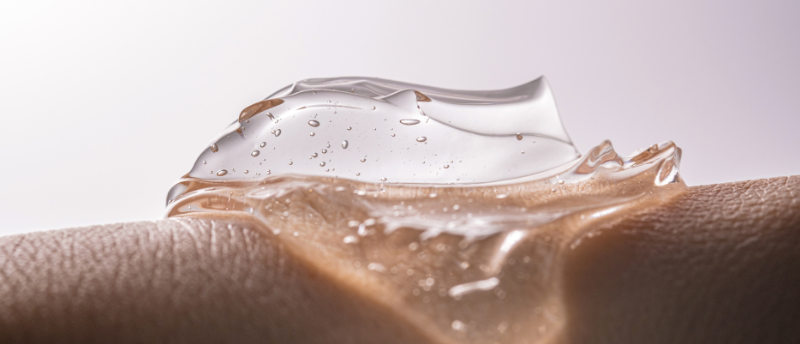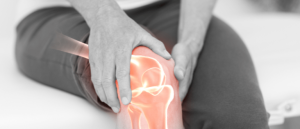Expanding the wound healing arsenal

Researchers have developed an oxygen-generating hydrogel that facilitates improved wound healing.
A team of Incheon National University (South Korea) researchers led by Kyung Park have innovated a solution to an existing wound management technique. They have successfully modified gelatin-based hydrogel by adding calcium peroxide, which generates oxygen and improves tissue regeneration. The prospect of this is enhanced and cost-effective wound management.
The management of open wounds can employ one of several techniques. Typically, sutures and staples are used to reduce both the recovery time and risk of infection. However, these have associated risks of secondary tissue injuries, fluid or gas leaks and the necessity for additional anesthetics – which carries its own risks. On the other hand, tissue adhesive glues carry different risks of weak adhesion and toxicity.
Tissue adhesive patches offer a potentially more powerful tool in the wound healing arsenal. Patches can be produced with altered compositions of polymers. Subtle changes in these compositions enable fine control of adhesion and mechanical properties, as well as being engineered to hold and deliver therapeutics directly to the wound site. This enables fine-tuning tissue adhesive patches to specific wounds and their requirements and thereby enhance recovery times.
A major constraint of existing tissue adhesive patches that contain therapeutically relevant molecules, such as dopamine (DA), is that they are hindered by slow oxidation, preventing DA from becoming metabolically available to healing processes. Another challenge to patches is that there is often poor retention of DA by the hydrogel, through low conjugation efficiency with the polymer backbone, and so difficulties in achieving localized and therapeutically appropriate quantities of DA.
Park’s team overcame these challenges by producing a novel DA-containing tissue adhesive gelatin hydrogel. This hydrogel is supplemented with calcium peroxide, which enables the hydrogel to react with water and release molecular oxygen, facilitating the oxidation of DA and promoting wound healing.
Park explains “Oxygen is a critical metabolic substrate or signaling molecule in the body. In particular, hyperoxia, which essentially means high oxygen concentration, has been demonstrated to facilitate wound healing processes and tissue regeneration by promoting cell proliferation, blood vessel formation, and wound remodeling,”.
Both in vitro and in vivo experiments displayed the beneficial effects of calcium peroxide-supplemented hydrogels on wound healing. These hydrogels not only enhanced coagulation and neovascularization at the wound site but also significantly improved other characteristics of the tissue adhesive patches. These improvements were evident in both the gelation properties and in adhesion strength, which fell within the range of 15-38 kPa.
This research reveals the first reported bioadhesive or tissue adhesive material that is capable of generating oxygen, a major step in improving wound management technology. The team believes that could culminate in cost-effective solutions for wound healing and tissue regeneration in clinical settings.
“We would like to pursue clinical trials and commercialization of this material through follow-up research and ultimately contribute to improving the quality of human life by developing next-generation tissue adhesive materials that can be applied to humans,” concludes Park.
You may also like:
An injectable hydrogel could treat infections following hip replacement surgeries
An antibacterial hydrogel shows promise as a new minimally invasive treatment option for soft tissue infections around prostheses.
Researchers have combined a hydrogel material with transplanted neural stem cells to grow brain tissue.

